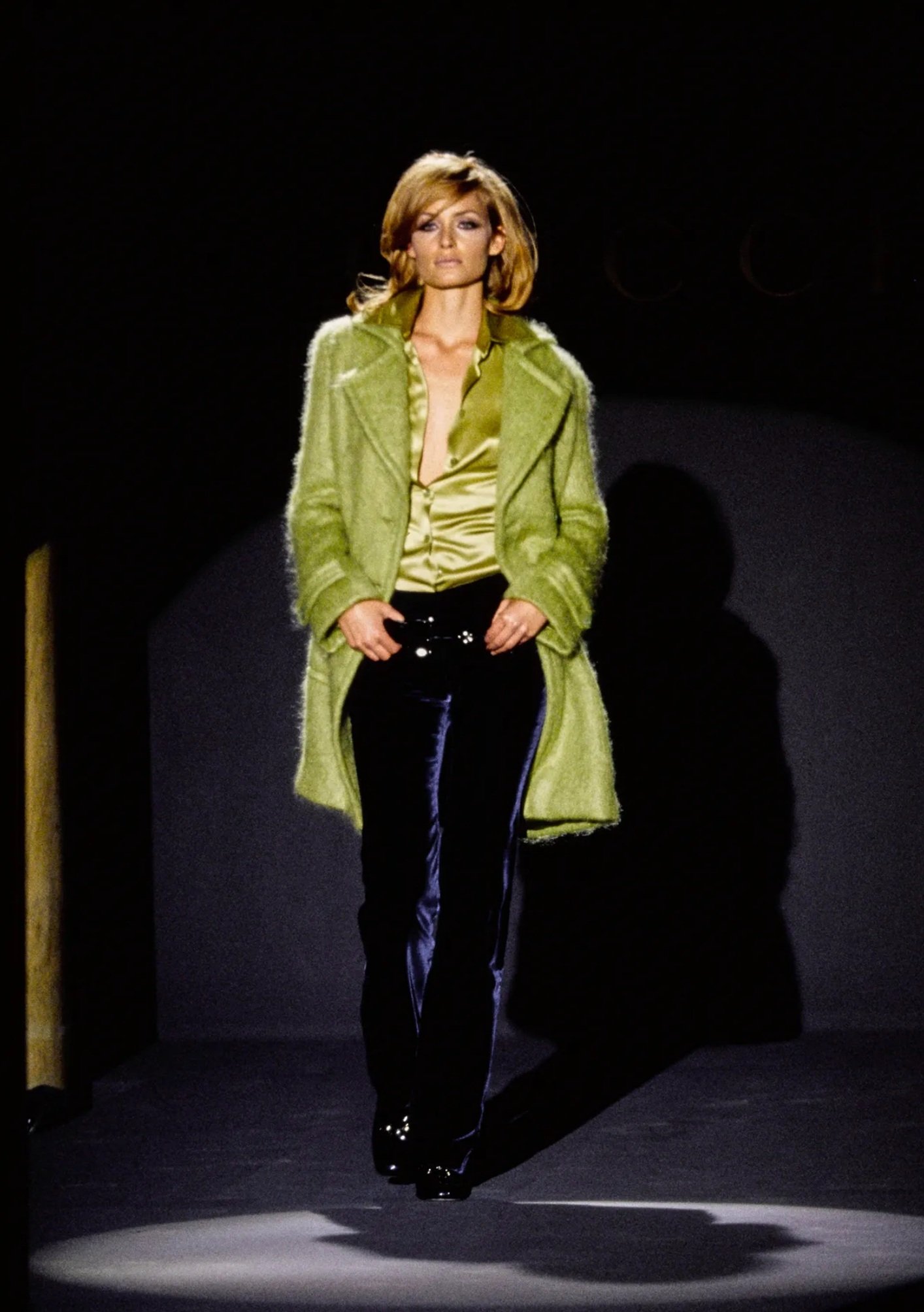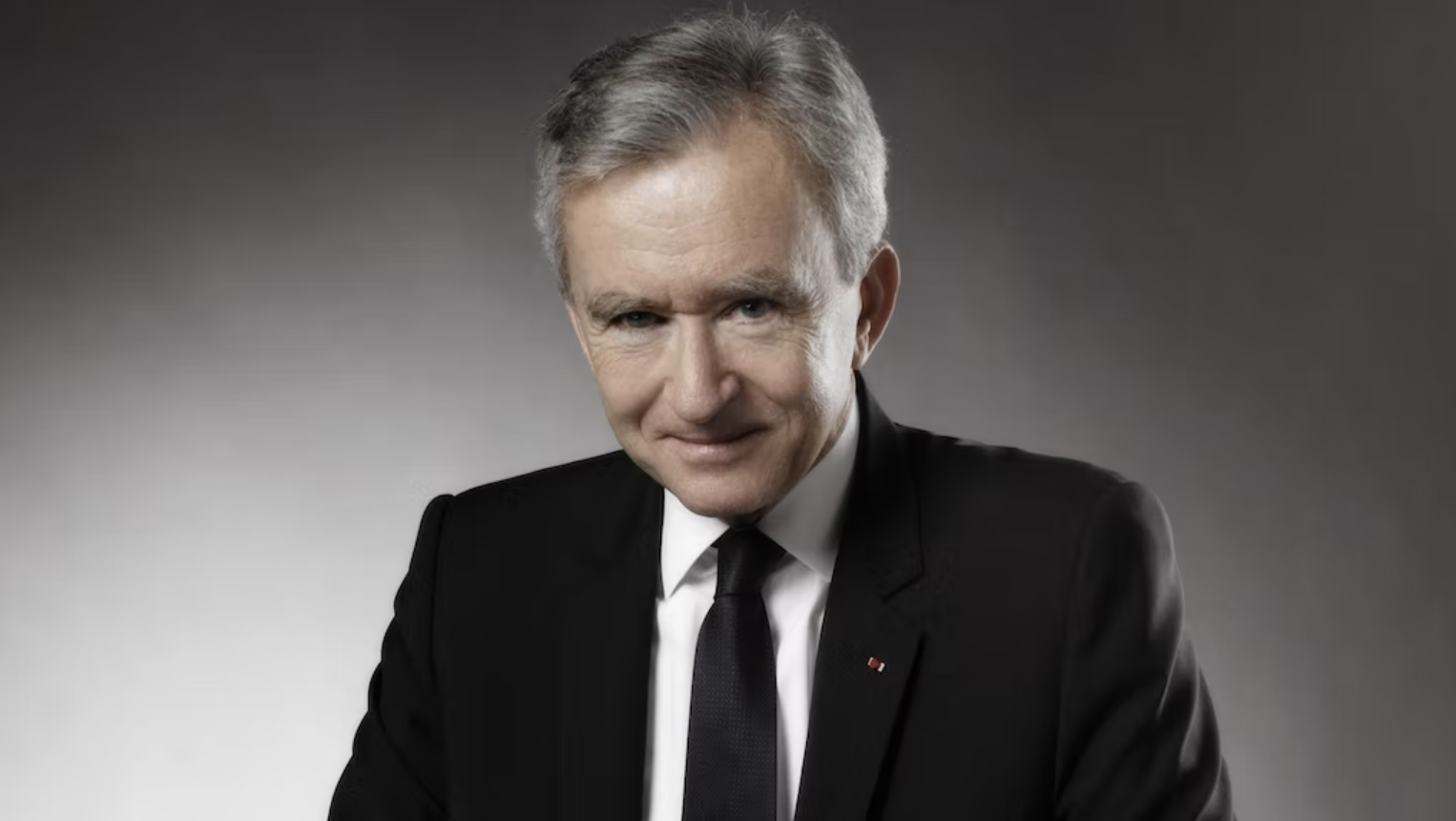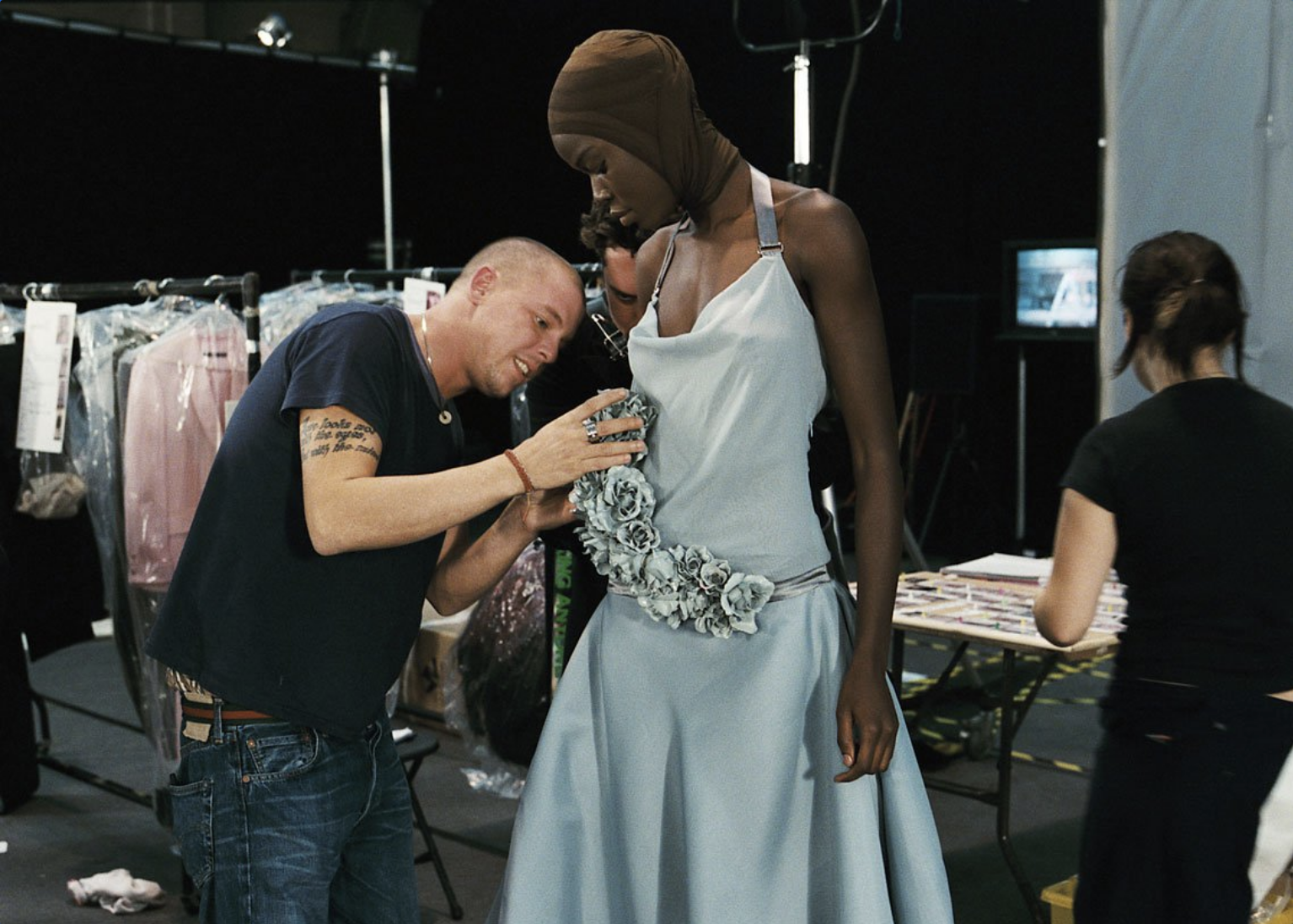The Face: Not Just Words, But Pictures. Not Just Music, But Style
Sade Portrait by Jamie Morgan
I recently enjoyed an exhibition considering the story of The Face magazine. (‘Culture Shift’ is at the National Portrait Gallery, London until 18 May.)
‘Nobody worked for The Face for the money. You did it because you believed in the magazine and for the creative freedom that came with that belief.’
Chalkie Davies, Photographer
In the 1980s and ‘90s The Face provided an electrifying glimpse into the world of music, clubs and street-fashion. It presented ideas and images from the vanguard of cultural change. And it rewrote the paradigm of youth-targeted periodicals: not just words, but pictures; not just music, but style.
‘Live photos…so many of them were cliches. I didn’t want to see Roger Daltrey’s tonsils. His jacket was more interesting to me.’
Nick Logan, Founder
Nigel Shafran, Moonflowers concert on board the Thekla, Bristol, 1991
The Face was founded by Nick Logan, who had previously edited the weekly music paper the New Musical Express, and had launched the teen pop title Smash Hits.
Logan spotted an opportunity for a youth-targeted monthly style magazine with a broader range of content than the dedicated music publications. It would be more visual than the music weeklies - the so called ‘inkies’ - and more serious than the teen magazines.
‘The premise which made The Face unique was that youth and pop culture should be treated with the sort of reverence and critical intelligence that prior to May 1980 was almost exclusively associated with the highbrow.’
Richard Benson, Editor
The first issue of The Face appeared on newsstands in May 1980, a year into Margaret Thatcher’s first premiership. Its name was inspired by ‘60s mod culture – a ‘face’ was someone who wore the right clothes, had the right haircut and taste in music. The first cover featured Jerry Dammers of The Specials.
‘I went into a bank in London in need of some cash, but didn’t have any ID and they wouldn’t cash my cheque. So I went to a newsagent, bought a copy of the first Face magazine and took it to the bank and showed it them to prove I was Jerry Dammers. They couldn’t really argue with that, and they cashed the cheque.’
Jerry Dammers, Musician
Girls on Bikes by Elaine Constantine
Though Logan was working with modest budgets, since it was an independent publication he could offer collaborators creative freedom. And so he attracted a group of gifted, hungry young writers, designers and photographers.
‘The Face in the beginning was like the Wild West. Nick had very little money. He relied on young, energetic creatives, and responded to people with enthusiasm and vision.’
Sheila Rock, Photographer
‘Everything was very collaborative. Fuelled by naivety and poverty. We were all broke and on the dole.’
Robin Derrick, Art Director
Neville Brody, the art director in the early years, had experience designing record sleeves, and quickly established a distinctive brand look: integrating hand-drawn typefaces into experimental layouts and introducing radical cover crops.
‘Interviews were never pre-structured and imagery was never pre-imagined. Ideas came from everyone. It was beautiful in that sense: there were no boundaries as to what you could contribute.’
Neville Brody, Art Director
Kate Moss by Corinne Day
As a large format magazine, using quality paper, The Face could showcase photography in a way hitherto unimagined in a music publication.
‘Previously, the journalist was king: they had all the time and the ‘snappers’ had ten minutes at the end. The Face inverted that. The image became king… Suddenly music press photographers had space, style, respect and a glossy outlet for our best work – the kind of respect and page count that fashion photographers had enjoyed for years.’
Jill Furmanovsky, Photographer
At the exhibition one gets a real sense of the vibrant creative culture in the early days of this entrepreneurial start-up. Photographers painted backdrops, sourced props, borrowed clothes and styled their subjects themselves. There was a buzz about the place.
‘The whole magazine was art directed, designed and sent to production in a week. It was mad. We’d do at least two or three all-nighters. Bike messengers would be waiting to rush a layout over to the printer while we were still trying to design it.’
Neville Brody, Art Director
The Face found an endless supply of creative inspiration in the booming club culture of the time, a hotbed of youthful ideas and attitudes.
‘From month to month, and then from year to year, The Face not only documented what was happening underground, but also asked if sometimes those clubs might not have bigger meanings that went beyond just drinking and dancing. The writers and editors shared two unspoken beliefs. First, that clubs are places in which the young and creative try on new ways of enjoying and expressing themselves that feel right for the times. And secondly, clubs can be the best places in which to hunt out the new music and ideas that may eventually infiltrate everyone’s everyday lives.’
Richard Benson, Editor
With success, The Face employed photographers with fashion training, who executed more ambitious stories and collaborated with dedicated stylists.
‘If a band was going to feature in The Face, then they had to do something different. They weren’t just going to be lined up for five minutes against a wall for the photograph, but had to commit to a day in the studio.’
Sheryl Garratt, Editor
‘Killer’ cover with 13-year-old Felix Howard (March 1985)
This new generation of photographers included: Corinne Day, Glen Luchford, Nigel Shafran, David Sims, Juergen Teller. Using unconventional models and real-life settings, they excelled at capturing the thrill of youth and the intoxication of style. Day’s image of 16-year-old Kate Moss, which featured on the ‘3rd Summer of Love' cover in July 1990, set her on course to stardom.
‘I’d been consciously looking for a model, someone to be the face of The Face. Someone who reflected the demographic of our readership and projected the spirit of the magazine. Seeing the girl in Corinne’s image, I knew at once I had found her. It was Kate.’
Phil Bicker, Art Director
With the arrival of new technologies, The Face’s photographers experimented in radical image manipulation. And they established a reputation for innovative celebrity portraiture. Memorably they captured Shayne, Sade and Sinead; Bjork, Kylie and Kurt; Naomi, Liam and Jarvis.
The magazine had its highest readership in the mid-‘90s, in the midst of Britpop, the Spice Girls, the Young British Artists and New Labour. And its accomplishments prompted the launch of other style titles like Blitz and iD.
Ultimately it fell victim of its own success, as an ever more crowded marketplace became more aggressive.
The Face story teaches a whole host of marketing lessons. It encourages us to identify opportunities in a changing market; to rewrite sector paradigms; to find fresh young talent; to locate the source of new ideas and attitudes; to build brands around culture.
‘It was the benchmark for a magazine culture of things that came up from the kids, not driven by the establishment or commercial concerns.’
Elaine Constantine Photographer
At its best The Face was thrilling, mystifying, seductive, even to someone like me, on the outside looking in. Perhaps its final lesson is that inspiration and aspiration don’t have to be arcane and exclusive.
‘Sons of tycoons or sons of the farms,
All of the children ran from your arms.
Through fields of gold, through fields of ruin,
All of the children vanished too soon.
In towering waves, in walls of flesh,
Among dying birds trembling with death.
Sons of tycoons or sons of the farms,
All of the children ran from your arms.
So long ago: long, long, ago.’
Scott Walker, ‘Sons Of’ (E Blau / G Jouannest / J R Brel / M Shuman)
No. 513












